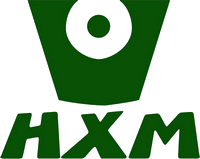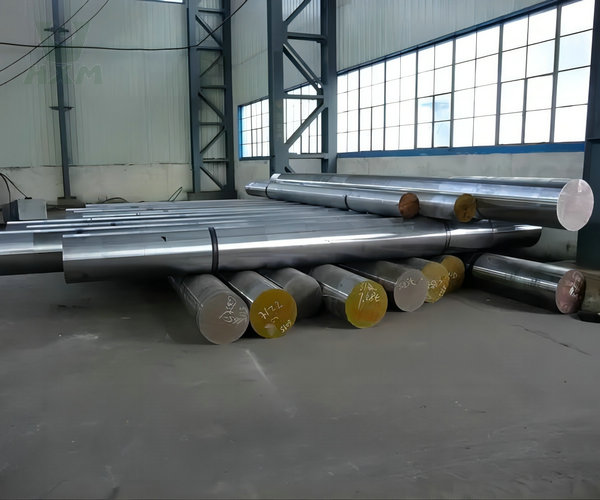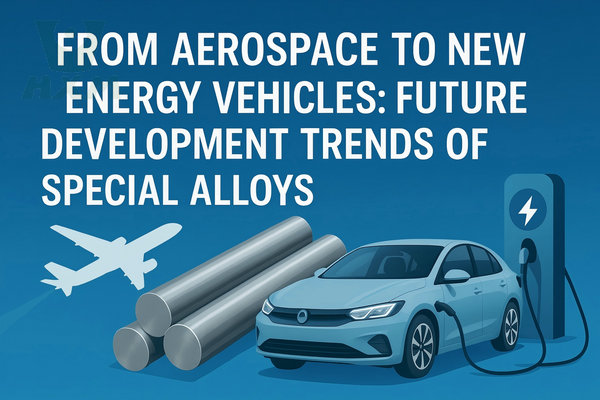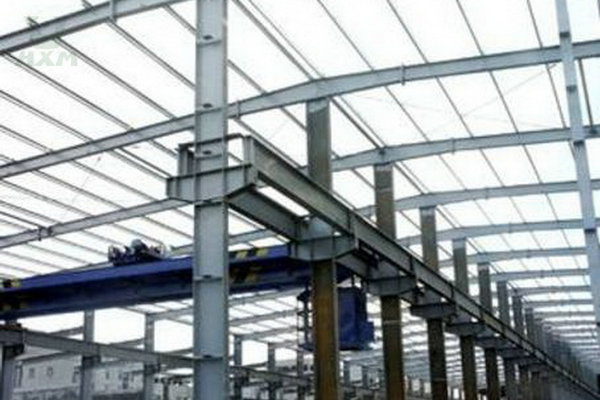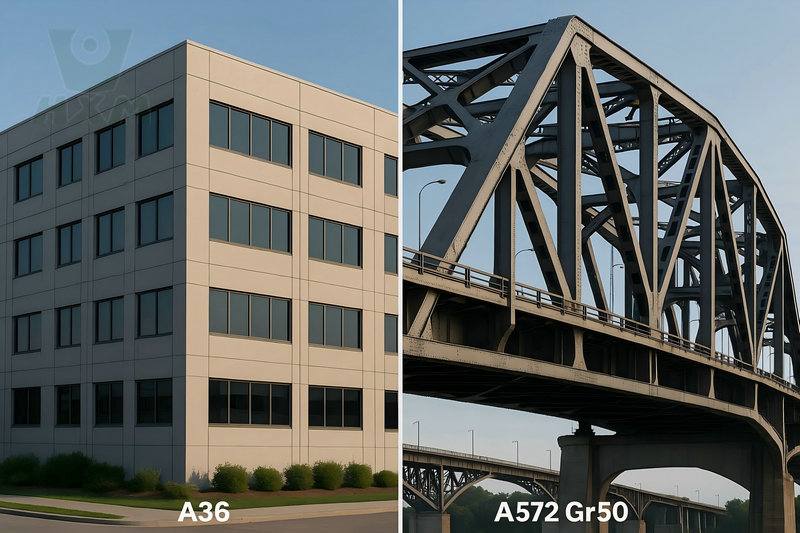Europe faces severe shortage of metals needed to develop clean energy
The report “Metals for Clean Energy: Solutions to Europe’s Raw Materials Challenge” report released by Eurometaux, the European non-ferrous metals industry association, shows that due to the surge in demand for materials such as lithium, rare earth and nickel due to global carbon reduction actions, if European industry cannot ensure its Long-term supply may face the risk of supply disruptions or price increases, thereby slowing down the progress of the energy transition.
“Because of the changing geopolitical situation, Europe is at risk of having no metals available for climate action,” said Mikael Staffas, president of Eurometaux and CEO of Boliden, one of Europe’s largest metals and mining companies. The report’s lead author cautioned that “Europe needs to urgently decide how to close its looming metal supply gap.”
Electric vehicles, batteries, photovoltaic systems, wind turbines and hydrogen technology demand much higher metals than conventional energy sources, the report said. Electric vehicle production is the main driver of growth in demand for energy transition metals, followed by electricity grids and photovoltaics. Lithium, cobalt, nickel, rare earths and copper are the high-volume metals with the strongest demand growth, while iridium, scandium and tellurium are the low-volume commodities most affected by the energy transition. European plans to develop domestic clean energy technologies will increase demand for a variety of metals, including the growth of established base metal markets (aluminum, copper, nickel) and the rapid rise of new commodity (lithium, rare earth) markets.
The report estimates that to meet its clean energy goals, by 2050 Europe will need 35 times more lithium and 7-26 times more rare earths than today, as well as double nickel, 330% more cobalt, 35% more Copper, 45% increase in silicon, etc.
2020-2030 will be the most challenging decade for global metals supply and demand. The authors warn of a metal supply shortage in Europe over the next 15 years. Europe could face a supply crunch for five key materials (lithium, cobalt, nickel, rare earths and copper) as soon as 2030, with demand peaking in 2040. After that, with sufficient investment, local recycling can meet 40%-75% of the demand.
